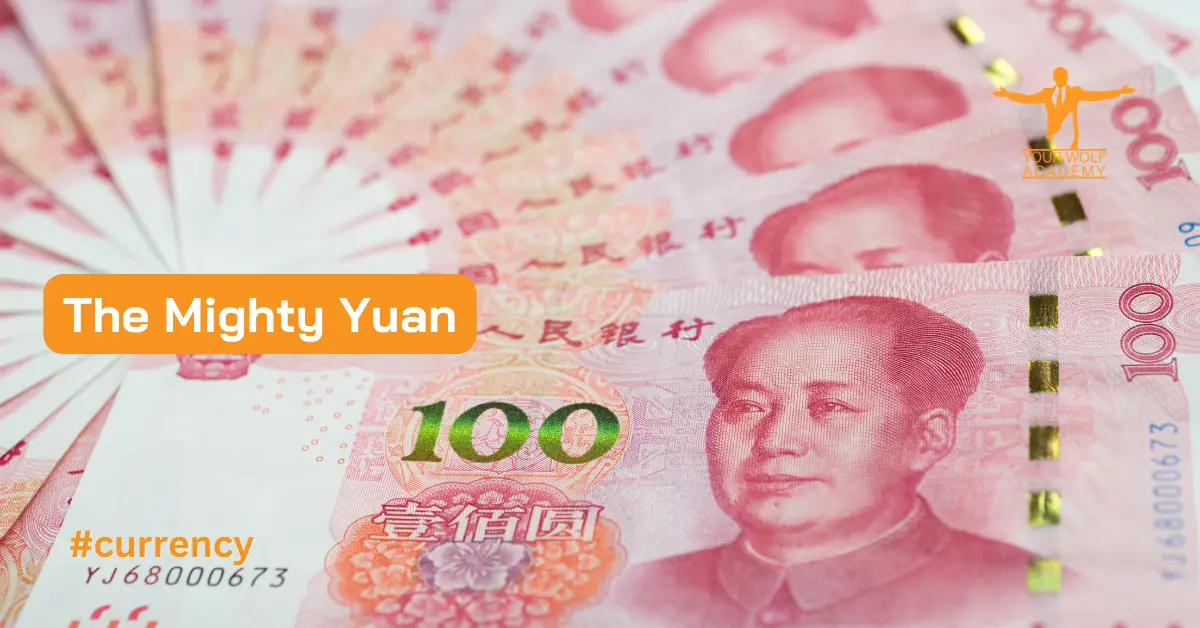Carry trade is a popular trading strategy that has gained popularity among traders and investors. The strategy involves borrowing in a low-interest-rate currency and investing in a high-interest-rate currency, aiming to profit from the interest rate differential. In this guide, we will take an in-depth look at the carry trade strategy, how it works, its benefits, and risks.
What is Carry Trade?
Carry trade is a trading strategy that involves borrowing in a low-interest-rate currency and investing in a high-interest-rate currency. The strategy aims to profit from the difference in interest rates between the two currencies. The difference in interest rates is known as the interest rate differential or the carry.
How Carry Trade Works
Carry trade involves borrowing in a low-interest-rate currency, typically a developed country’s currency such as the US dollar, the Japanese yen, or the euro. The borrowed funds are then invested in a high-interest-rate currency, typically a developing country’s currency such as the Brazilian real, the Turkish lira, or the South African rand.
For example, suppose a trader borrows $1 million in the US dollar at an interest rate of 1% per annum and invests the funds in the Brazilian real, which has an interest rate of 6% per annum. The trader earns a carry of 5% per annum, which translates to $50,000 per annum.
Benefits of Carry Trade
One of the benefits of carry trade is the potential for high returns. The strategy aims to profit from the interest rate differential between two currencies, which can be significant, especially in volatile markets.
Another benefit of carry trade is its simplicity. The strategy is relatively straightforward and can be implemented by both individual and institutional investors.

Risks of Carry Trade
Carry trade is not without risks. One of the significant risks of carry trade is exchange rate risk. Exchange rate risk arises when the value of the high-interest-rate currency depreciates against the low-interest-rate currency.
For example, suppose a trader borrows $1 million in the US dollar at an interest rate of 1% per annum and invests the funds in the Brazilian real, which has an interest rate of 6% per annum. If the Brazilian real depreciates by 5% against the US dollar, the trader’s profit will be wiped out entirely.
Another risk of carry trade is interest rate risk. Interest rate risk arises when the interest rates of the two currencies change unexpectedly.
For example, suppose a trader borrows $1 million in the US dollar at an interest rate of 1% per annum and invests the funds in the Brazilian real, which has an interest rate of 6% per annum. If the US Federal Reserve increases interest rates, the trader’s profit will be reduced, and if the US Federal Reserve cuts interest rates, the trader may face losses.
Conclusion
Carry trade is a popular trading strategy that aims to profit from the interest rate differential between two currencies. The strategy involves borrowing in a low-interest-rate currency and investing in a high-interest-rate currency. Carry trade has the potential for high returns but is not without risks.
Exchange rate risk and interest rate risk are some of the risks associated with carry trade. Investors should understand the risks and benefits of carry trade before implementing the strategy in their trading portfolios.
Your Wolf Academy offers a range of educational resources to help traders succeed, including free signals, technical analysis, and weekly webinars. Sign up today and get a recommendation for a regulated brokerage company that suits your needs.


